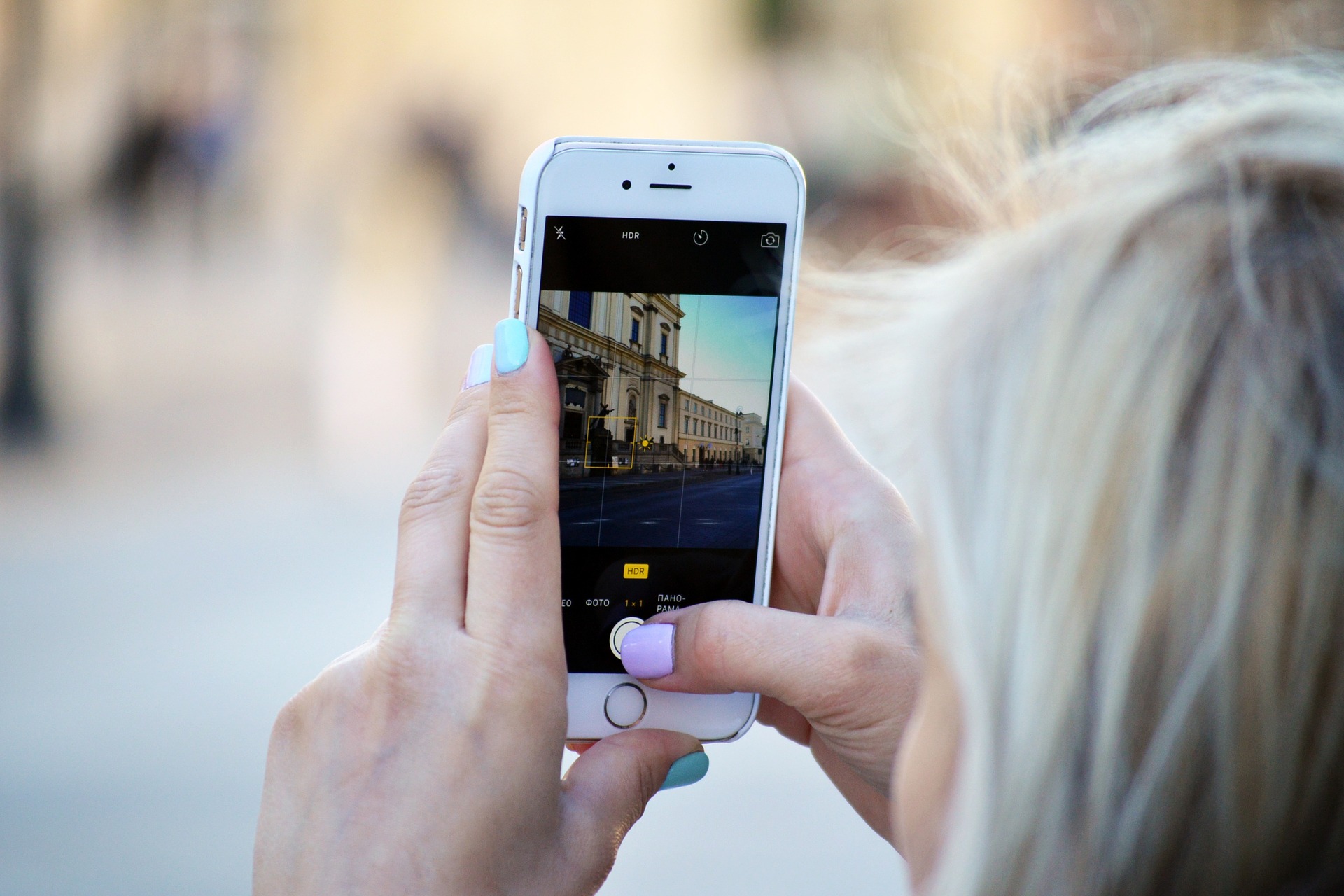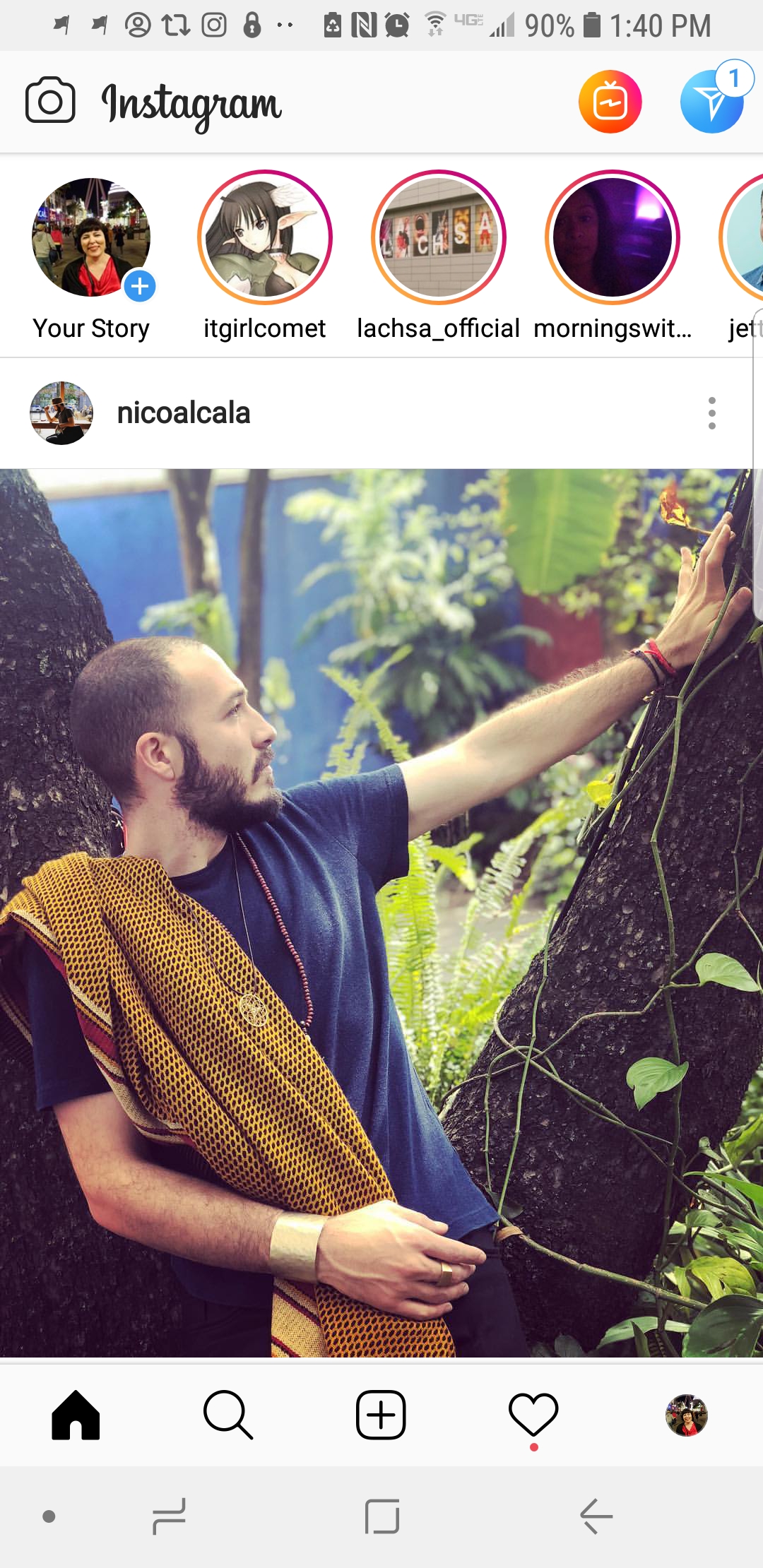
Social Media Update for Indie Filmmakers, Part 2: Instagram

In the previous post, I wrote about changes I think most independent filmmakers should be aware of when it comes to using Facebook for their marketing efforts. This post will talk about Instagram, owned by Facebook, which has been growing exponentially since its debut in 2010.
The preferred platform of choice for the millennial set and no longer just a space for image-sharing. In the past two years, the convergence of Instagram and Facebook has made them extremely similar in that they share an ad platform, both have Stories capabilities and increasingly product sales capabilities.
With over 500 million daily active users, Instagram skews more female and most of its users fall between the ages of 13-29 yrs old. If this is an audience you need to reach, Instagram is a must have platform for your marketing efforts and you need to start thinking how to optimize for it.
Like Facebook, the platform is constantly evolving and this makes keeping up with the changes a challenge. Instagram also has instituted a political ads policy and now account administrators must register their accounts through their Facebook Business Manager’s Authorization section (find this section in Settings>Authorizations) in order to place advertising that has a political or issue of national interest topic involved. As discussed in the previous Facebook blog, this is a wide range of topics which can be seen to advocate on legislative issues such as abortion, civil rights, climate change, guns, healthcare, immigration, national security, social security, taxes, trade etc. If you are a documentary filmmaker, this advertising policy is likely to be something with which you have to contend and if your page is not authorized, you will not be able to place any form of paid advertising on your posts (including boosts) unless you have gone through the verification process.
Algorithms on all social media platforms are constantly changing. Instagram is no exception. The news feed algorithms determine who actually sees the content you publish and who doesn’t. Instagram has shifted the feed from strictly chronological to showing users “prioritized” posts and takes signals like an account’s relationship to the consumer (if someone takes actions on your posts, they are more likely to see more of them in the future), a consumer’s past interaction with similar topics (this relates to the kind of content you share and the associated hashtags being used), and how recently a post was made from a specific account (accounts need to post on a regular basis in order to have their content seen). Continual engagement from your followers is now more important than ever for both Instagram and Facebook success, especially since it can earn you one of the top spots in their feeds.
Increasingly, paid promotion is needed on Instagram in order to reach a bigger audience and gain more of a following (only through paid promotion can you add an action button such as Watch More or Learn More with a URL to click, otherwise the only link that is clickable on Instagram is in the bio section). One great use of paid promotion on Instagram is to grow your following. You can promote a post that has done well in the past, target the kind of audience that should relate to your content, and select your CTA (call to action) as Your Profile. When consumers view the content, they can click through to follow your account. In my experience, Instagram does not drive off site traffic very well so if you are going to pay to get in front of an audience, you may as well build up your following within Instagram.
In May 2018, Instagram paired up with a number of booking sites (Atom Tickets, Fandango and Eventbrite) to enable ticket sales directly on those platforms through your Instagram profile which can be handy when your film starts its theatrical launch. In order to add these to your Instagram account, you must have a Business Account and have an account or URL to link your action button to. Learn more HERE.
You may have noticed that while the run time for videos on Instagram remains at 1 minute, a new service was launched in June that allows for longer run times. IGTV made its debut this summer, featuring vertical videos with run times between 10 minutes (for Instagram accounts with less than 10,000 followers) and 60 minutes. The jury is still out on whether consumers will flock to IGTV, but it is a great place to experiment with video.
Filmmakers may have a more difficult time adjusting as videos will need to be formatted for 9:16 rather than 16:9. Follow examples from Jimmy Fallon and NASA (who definitely has video originally meant for widescreen, yet somehow edits to optimize it for IGTV) to see how they are optimizing their videos and connecting with audiences on a platform that is too new to be competing with thousands of videos yet. Buzzfeed and Instagram have started an initiative called VerticalU to help video creators learn about making optimal videos in a vertical format. First round applications closed already, but click here to learn about the course and see if they will have a second round of applications.
The Stories format on Instagram originally started with Snapchat, but now Instagram’s Stories sees 400 million daily users as opposed to Snap with less than 200 million users in total. The Stories feature is meant to be ephemeral marketing in that a story only lasts 24 hours and then disappears. It is possible to archive a story, but consumers must come to your profile page to see the archive rather than having the story at the top of their news feed.

Think about using Stories to give a snapshot of an experience (like a festival or theatrical premiere) or to tell mini stories in the world of your film (things that are not in the actual film, but help set the stage for the story or extend the storyworld beyond your film). Instagram Stories can also be shared to your Facebook page to make a Facebook Story, but the functionality on Facebook is not the same. On an Instagram story, URL links can be added if the viewer swipes up on their mobile phone, but this function is not possible on Facebook. Things like polls or Spotify music links can also be added to Instagram Stories, but those functions do not travel over to Facebook if the same story is transferred.
Advertising can be placed within Instagram Stories as long as you are working through Facebook Business Manager. Short videos and images can be inserted to the Stories of other accounts in order to reach a wider audience. For more about using Instagram Stories advertising, click here.
Next time, I will take a look at Twitter, a site that has seen flat user growth in the last year and has been plagued by numerous spam accounts and bots. Is Twitter still worth your time? I’ll let you know.
Sheri Candler November 15th, 2018
Posted In: Instagram, Marketing, Social Network Marketing, Uncategorized
Tags: film marketing, independent film, Instagram, Instagram Stories, Marketing, Sheri Candler, The Film Collaborative